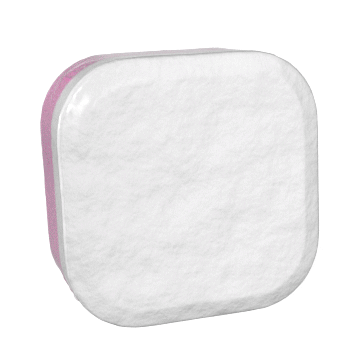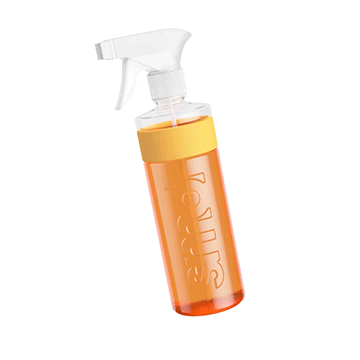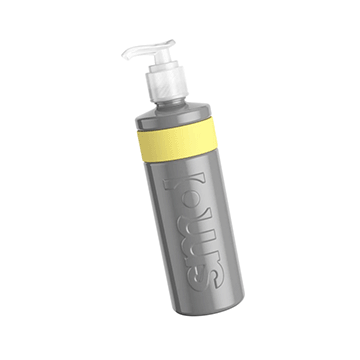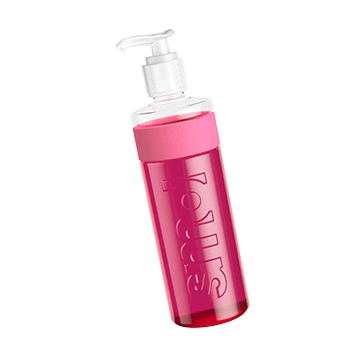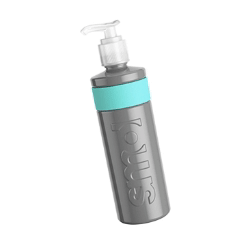
Has your washing machine ever shaken so violently it sounds like a train is charging through the house? Oftentimes it happens during the spin cycle and the vibration is quite alarming! If the answer is yes, then this set of quick checks could restore peace to your laundry once more. Not only are they easy to run through, most are either very cheap or free!
1. be on the level.
Could your machine be a bit wonky?
Perhaps the floor isn’t level or maybe the machine’s feet are not all the same height… these are some of the first things to check and resolve because an unbalanced machine will vibrate when the cycle is running. It really needs to be nice and level on its feet to work well.
Find yourself a spirit level and place it along the top of your machine from front to back and side to side. This will show if your machine is on a slant. If it is… simply loosen the lock nuts on the feet of your washing machine, which will let you turn your machine’s feet clockwise or anti-clockwise. You will quickly see that one direction lengthens the foot and the other shortens it - allowing you to level off your machine from all angles.
Remember to check the spirit level as you go - it’s surprising how quickly you can alter the angle of your machine. And if you can no longer rock the appliance side to side, tighten the lock nuts back up again and you should find you are good to go.
2. A balancing act.
If the washing machine movement and vibration is only happening occasionally, it could simply be an issue with uneven laundry loads.
Running a cycle with a mix of heavy items (like blankets or towels) alongside lighter items like underwear, can result in a drum that’s spinning with heavier items stuck along one side and the lighter ones on the other.
This unbalance can produce a whole lot of shaking during a spin cycle.
Ensuring the types of items in each wash load are roughly similar in weight should resolve this issue easily.
To resolve this, ensure that the load is roughly balanced when you put it in, so for example if you’re washing your towels - try to do them all together.
3. Good vibrations.
If your washing machine is positioned on a very hard floor (like a tiled floor) it might be that when the appliance is running, any vibrations are not being absorbed by the floor. This can mean lots and lots of jolting about.
But there’s a quick and easy fix. A set of rubber slippers for your washing machine - better known as vibration feet.
They’ll give a stable platform for the machine, take out some flooring unevenness BUT on top of all that, they soak up vibrations and are really just like shock absorbers.
4. No heavy loads.
Check the maximum capacity of your washing machine… is it 7kg, 9kg or maybe more? Whatever the answer, you need to make sure you’re not loading the drum up with weights in excess of this capacity. If you are, you run the risk of excessive vibration when the cycle starts.
And that can cause damage to the drum; disconnecting it from the motor and affecting the internal tub bearing. What does this all mean? You’ll need an engineer.
Far better to just know your limits and stick to the correct laundry weight for your model.
Is your washing machine still shaking?
A shaking washing machine might look and sound disturbing BUT the solutions are often simple and inexpensive. Chances are one of the above 4 tips is going to sort the problem but if not you might need to call in the experts.
Laundry FREE TRIAL
